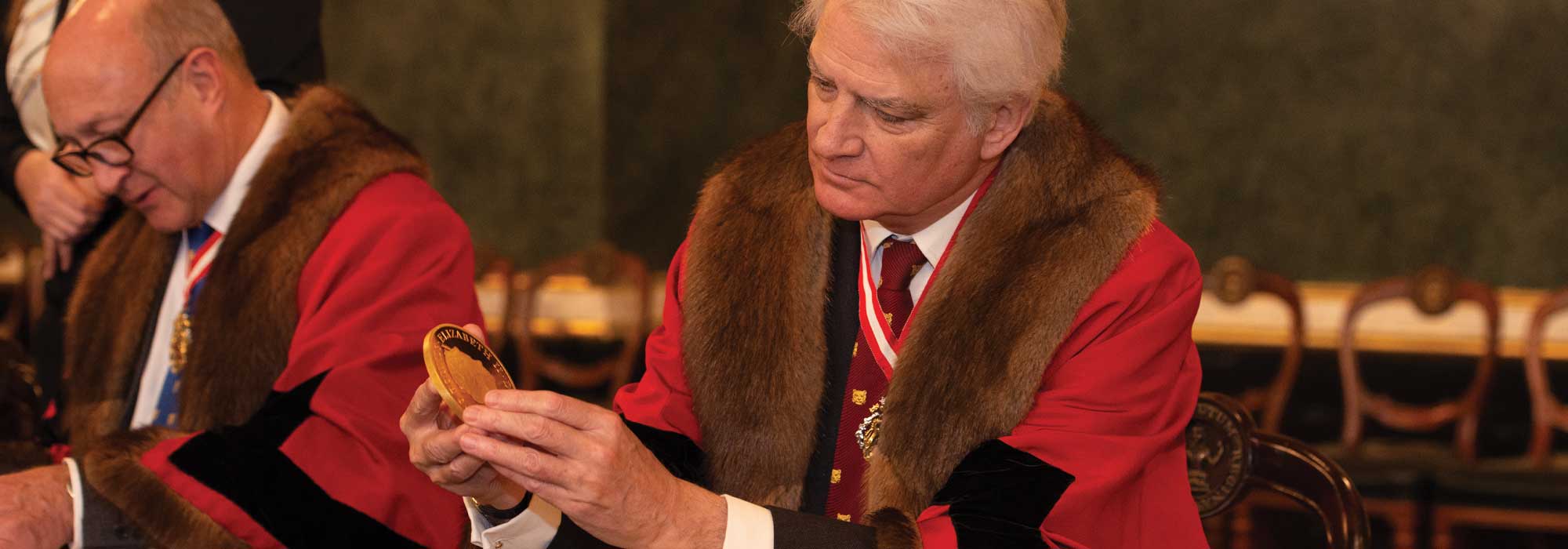
Our stories from the Royal Mint Museum series continues as we focus on trial plates.
From the start of coinage, accuracy of weight and composition has been vital for its integrity and the confidence of the public. In the Royal Mint Museum this aspect of coinage is represented, in part, by a spectacular series of gold and silver trial plates dating from 1477.
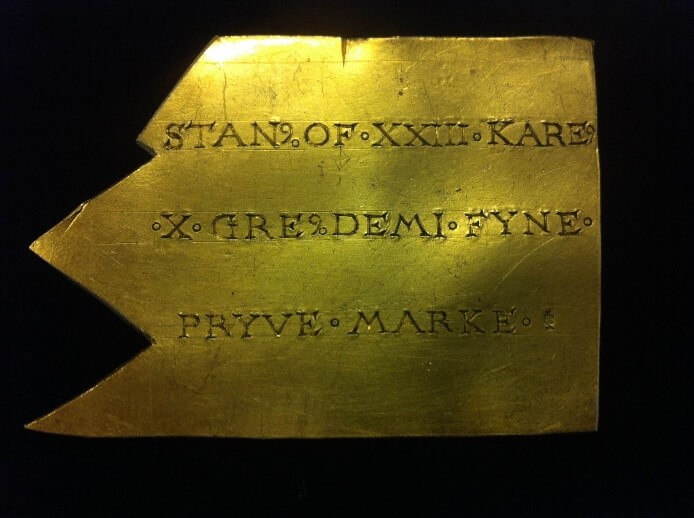
Since at least the 13th century, coins produced by the Royal Mint have been independently checked in a procedure known as the Trial of the Pyx, which takes its name from the pyx or box that holds the sample coins set aside for testing. The Trial is convened annually, presided over by a senior judge, the Queen’s Remembrancer, and carried out by the Goldsmiths’ Company of the City of London, who provide a jury of Freemen of the Company.
The jury count, weigh and measure the sample coins to make sure they are within the tolerances allowed by law. After which, the coins are then tested to determine the quality of the metal they are made of, a process known as assaying. Their fineness and the composition of the metal in the assayed coins is checked against the metal from an official trial plate and must be of the same or higher quality in order to meet the standards required by law.
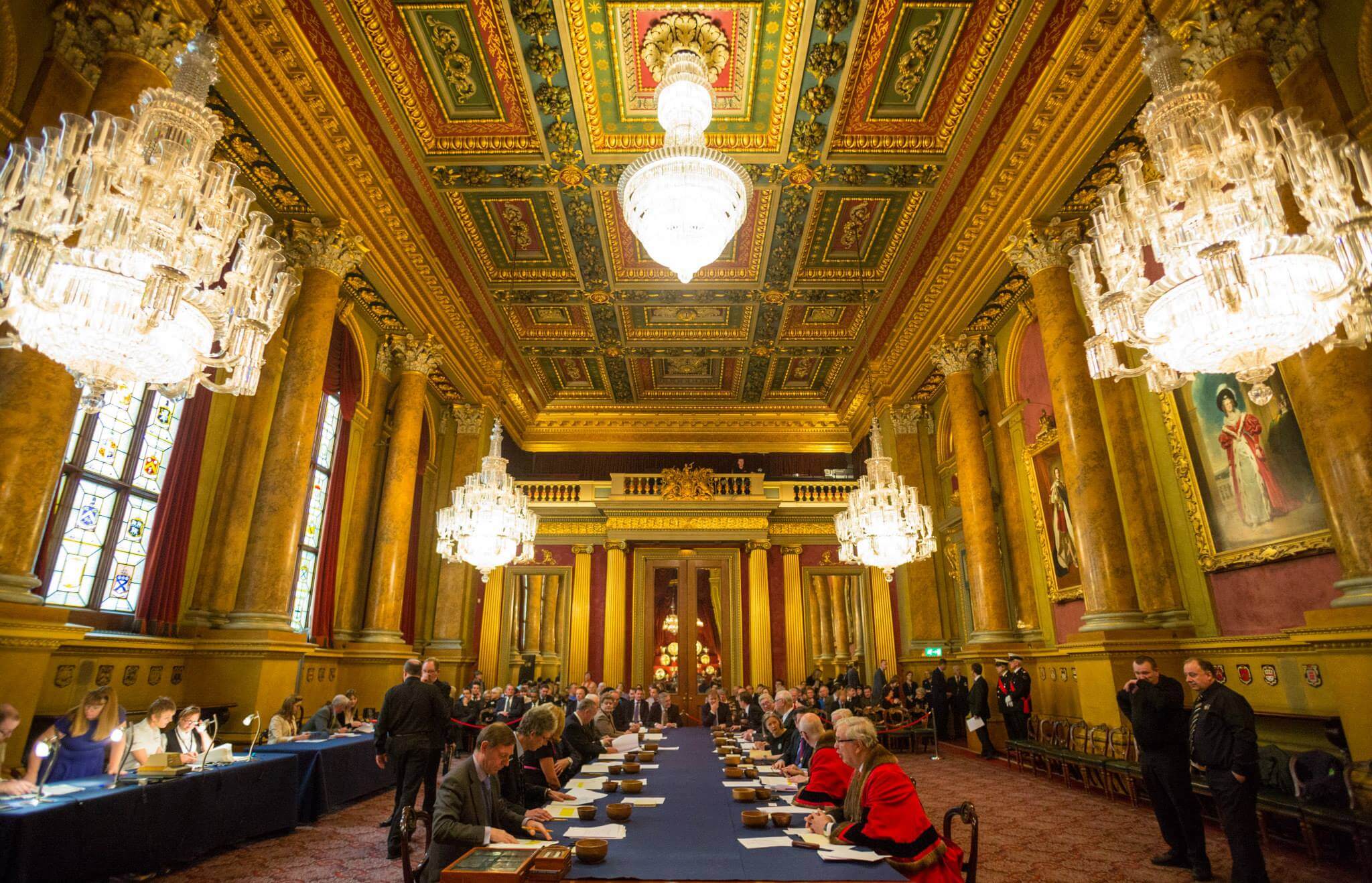
After an interval of some two or three months the final verdict of the jury is delivered to the Queen's Remembrancer in the presence of the Master of the Royal Mint or his deputy. While members of the public are allowed to attend the trial the verdict takes place behind closed doors.
A debate over which is the earliest surviving trial plate has been sustained for many years and it has centred on whether the item illustrated here is in fact a trial plate or a piece of silver intended for some other purpose. On the basis of the impressions stamped into the surface it is possible to say that this ingot-shaped piece of silver dates from circa - 1279 and it is indeed the stamped impressions from coinage dies that immediately suggest a link with trial plates. In its dimensions and overall appearance, however, it is quite different.
Trial plates are usually thin sheets of metal from which samples could be readily cut so at over half an inch thick, the piece of silver in question is unlike any other trial plate in the collection. The current thinking is that it should be regarded as some form of ingot, the precise function of which has yet to be determined.
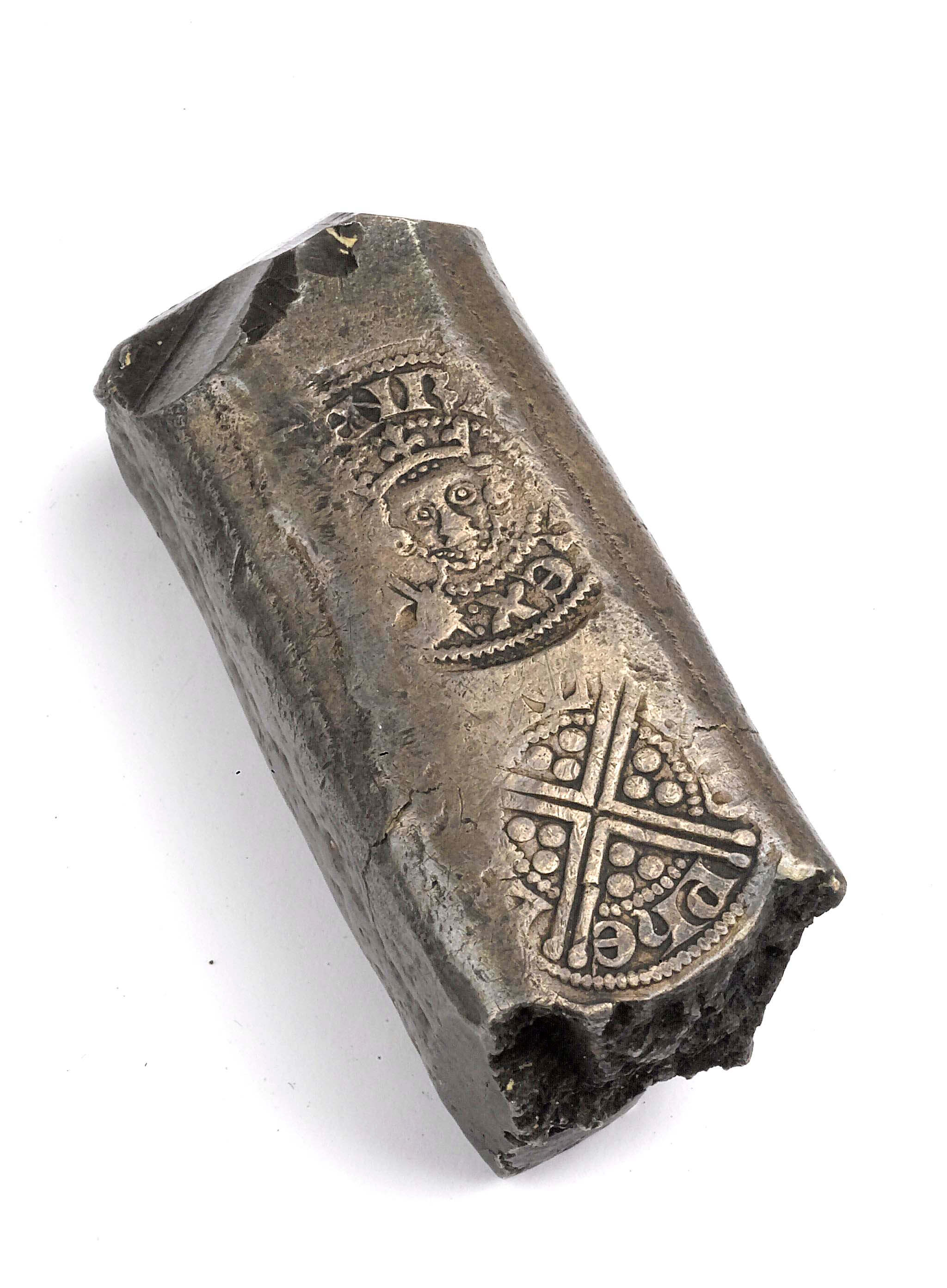
Besides being beautiful objects in their own right, the trial plates in our collection often provide an insight into the economic and social history of their times. The one illustrated here comes from the reign of Henry VIII. As well as being famous for influencing many aspects of national life, he left his mark on the coinage by debasing it as a way of raising money. Silver in particular suffered, with the fineness being reduced markedly, not only is the evidence to be seen in the coins, it is also there in the trial plates of the time. At below 800 fine this trial plate was made to a standard of silver well below the sterling fineness of 925 and shows the degree to which the arrangements for the debasement were formalised.
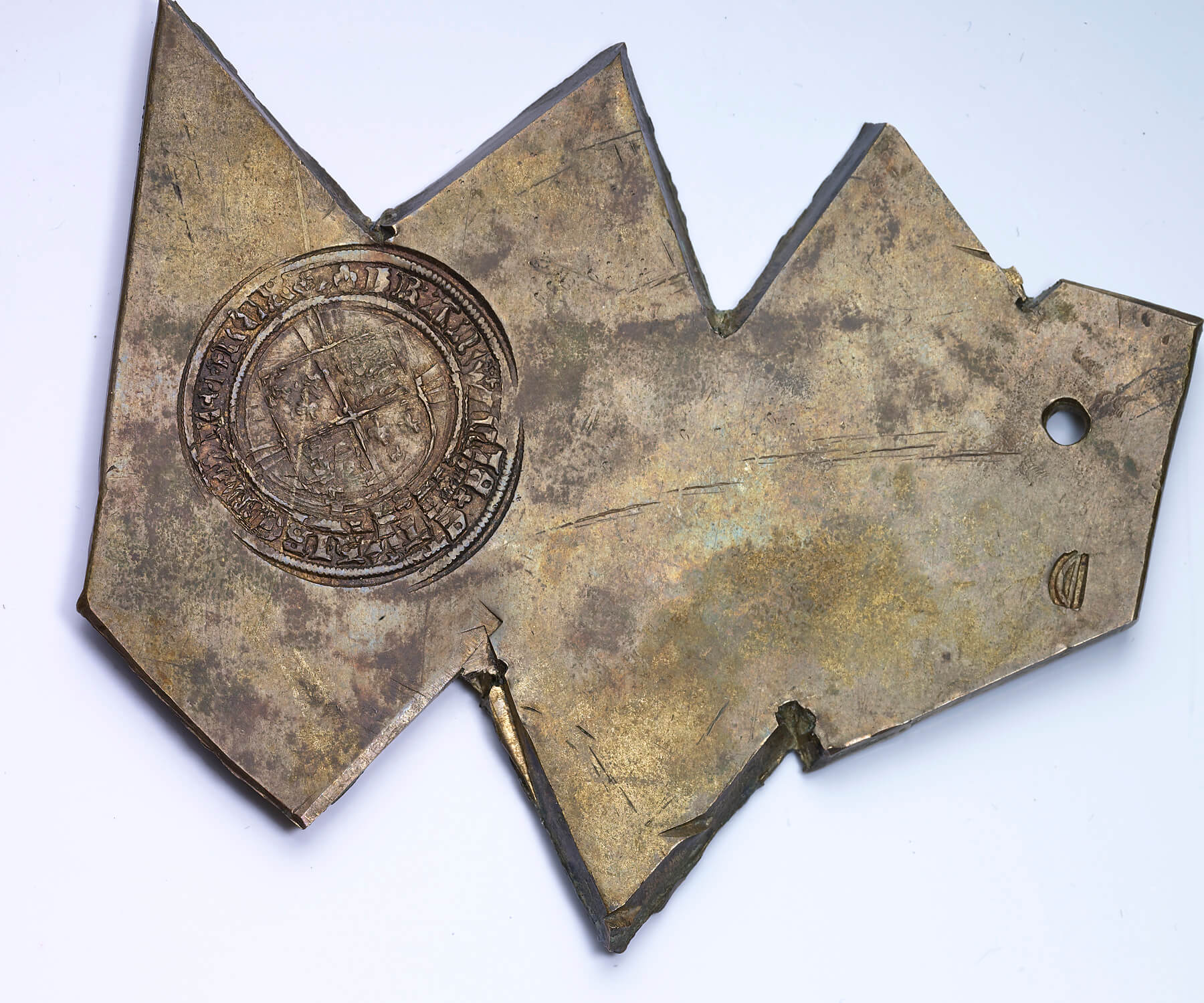
Discover great stories from history and how we're celebrating these moments within The Royal Mint
Read more
